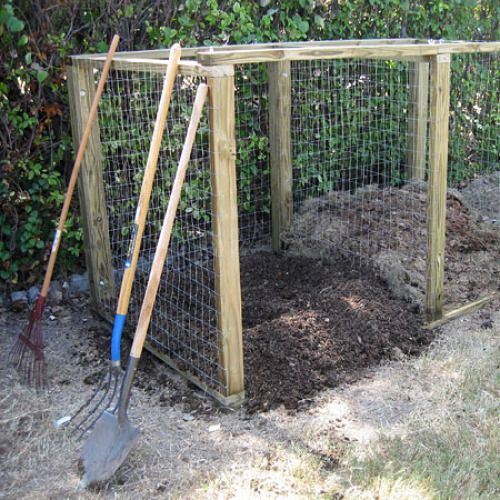
Now that I had a new and improved compost bin, it was time to demolish the old dilapidated one. I had more than doubled my available capacity, so I was excited to transfer what I needed from the old bin.
Over half of the material I had put in the old bin was grass clippings. I have a good-sized back yard and I prefer to use the bagger on my push mower. When the grass is thick, I can easily fill the bag several times. I don’t have any trees in my yard to contribute “brown” material such as dried leaves. The remaining half of the material that has been going in the bin is split between old plant matter from the garden or the kitchen, coffee grounds, and soil.
To spite the fact that I hadn’t kept up very well with turning the pile, I knew there was still a lot of decomposition and activity going on. It seemed that every time I put more grass clippings on it, about every two weeks, the top had dropped at least 3-4 inches. When we got rain, it got pushed down more, of course.
The suspense began. I knew the top few inches of the pile were mostly dry grass clippings. The big question was, at what point were the clippings going to change into pure compost? With pitchfork in hand, I started transferring the material from the old bin to the new one. With the two-bin composter, one bin is used for partially or mostly finished compost, while the other bin holds new material.
I managed to get about halfway down and struck gold. Black gold I mean. There was the result of over a year’s worth of slow composting and compaction. As I mentioned earlier, I didn’t keep up with the routine turning of the material. And now I was gonna pay for it.
Breaking apart the compost with the pitchfork was immediately becoming a challenge. My back was already sore from everything I had done so far, and the 95-degree heat (at 9am!!) wasn’t helping. I needed to either call it a day or do something else. That’s when I thought… it’s time for the tiller! I busted out my trusty Mantis tiller and began busting up the solid mass of compost. The tiller shredded through it with ease, and my bounty was coming apart in perfect order.
Most of my raised beds have been cleaned out, with a few faithful pepper and onion plants still standing. I’ve already topped them all off with store-bought compost, manure and peat moss, but there was still room for more. So that’s where my new compost (free this time) went. I had enough to top off all six raised beds, and fill one side of the new bin to almost the one-foot mark.


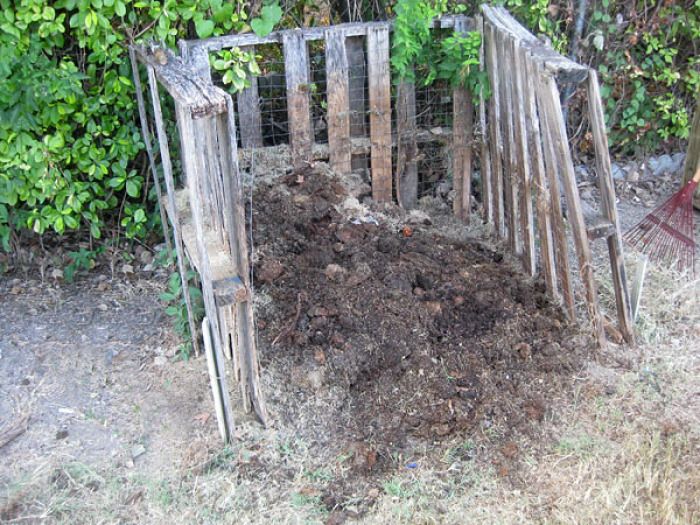
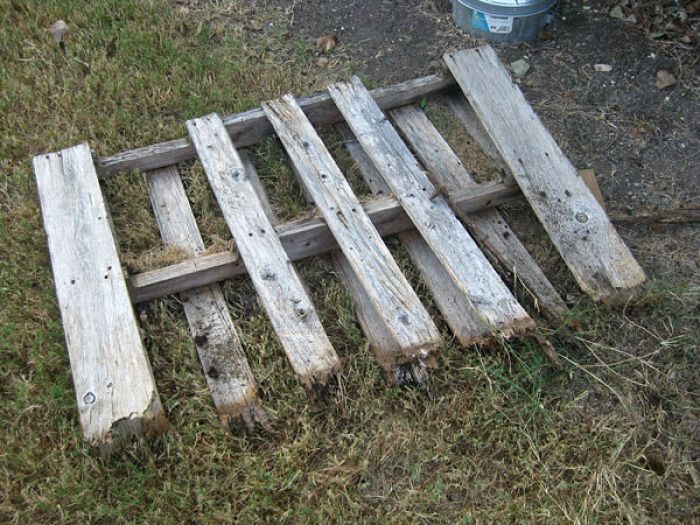
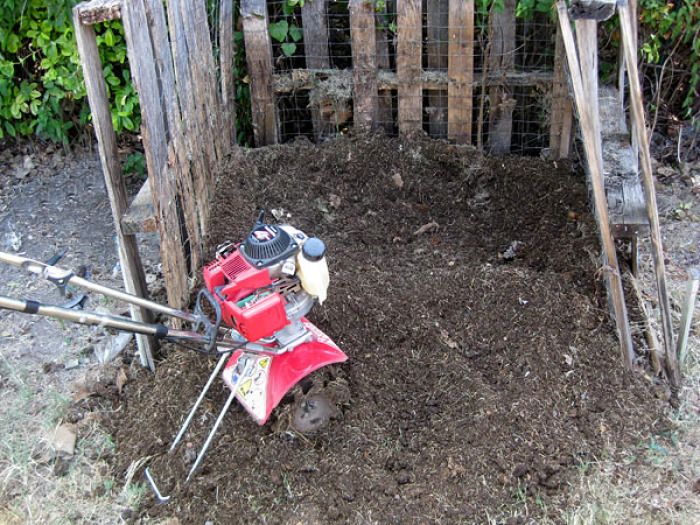
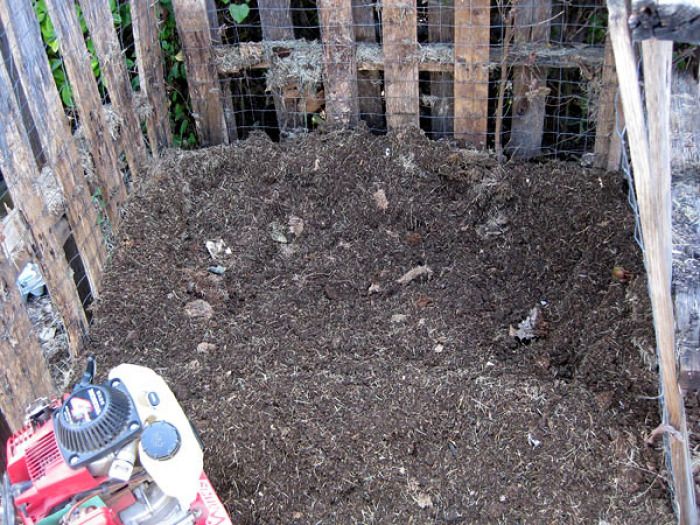
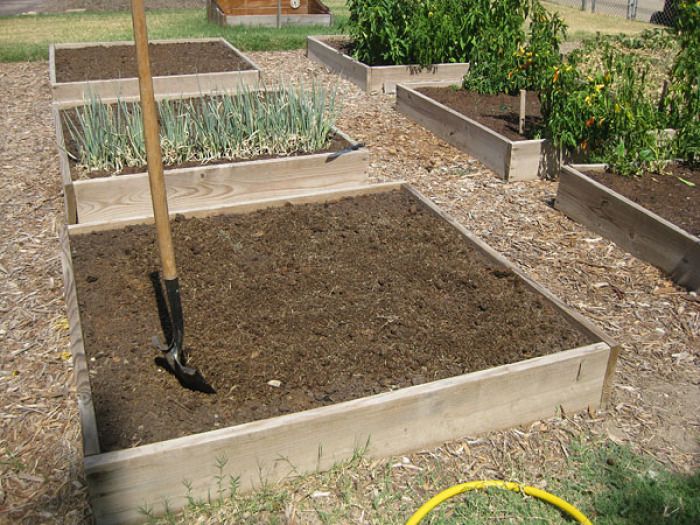
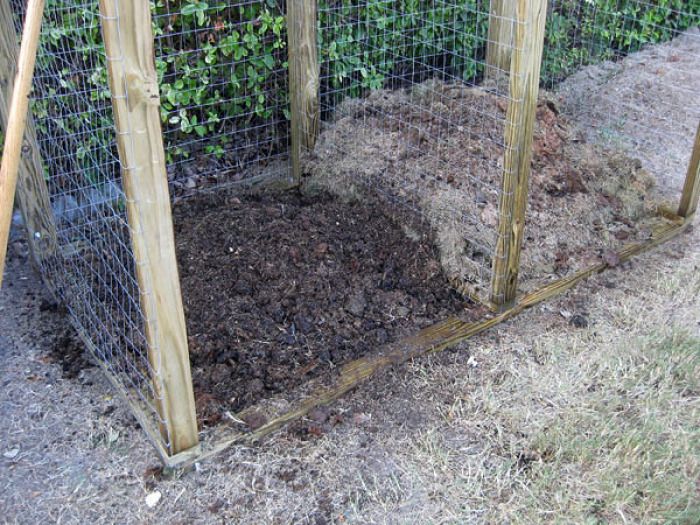
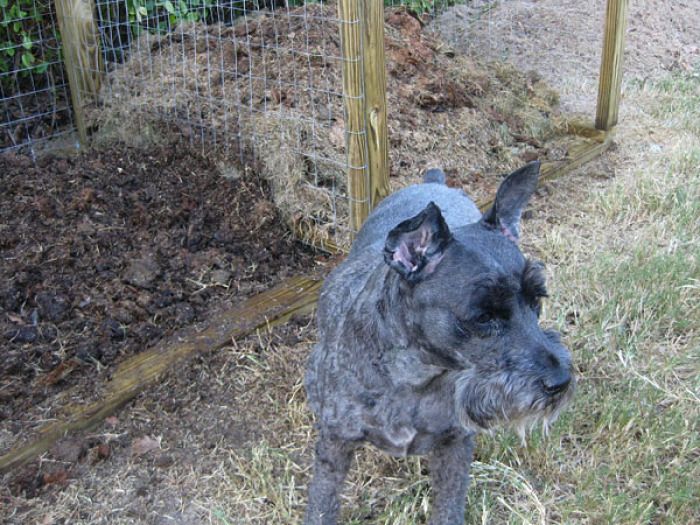
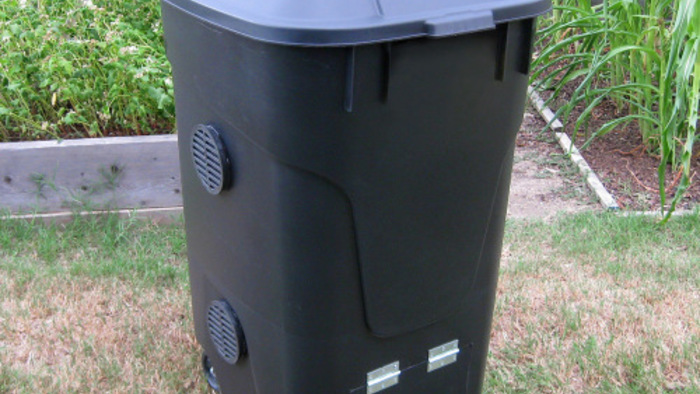
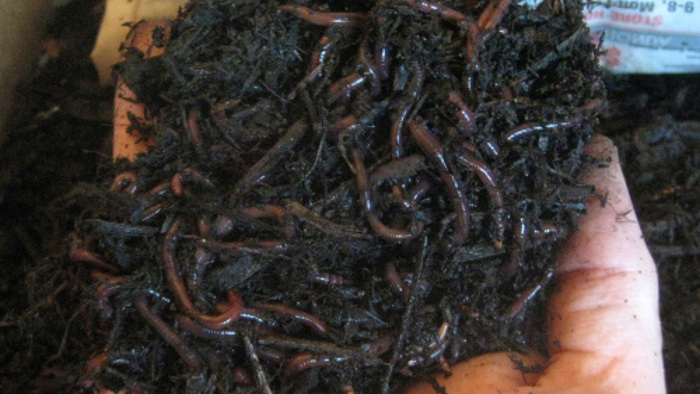
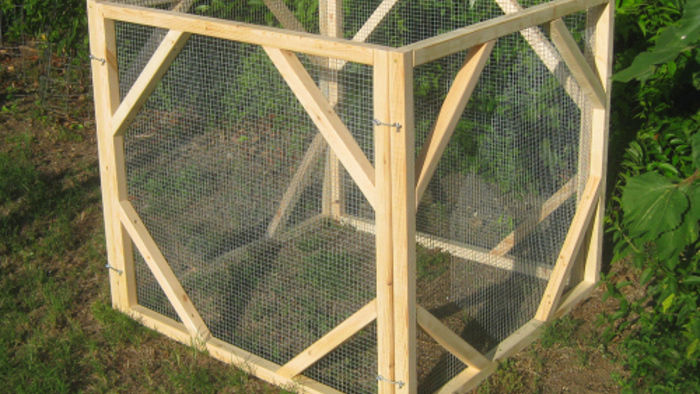













Comments
Log in or create an account to post a comment.
Sign up Log in